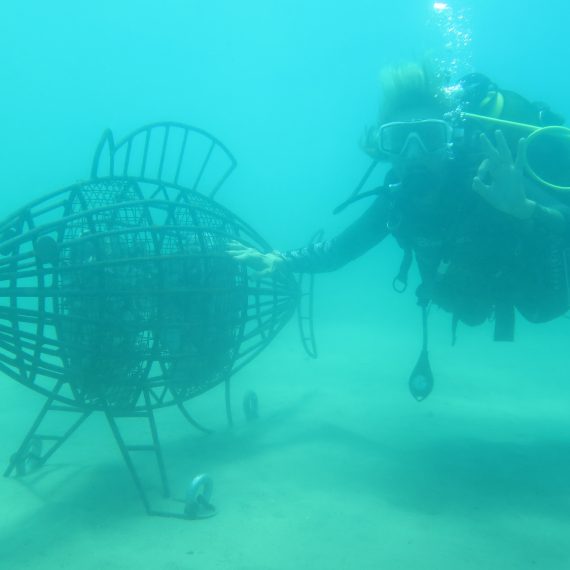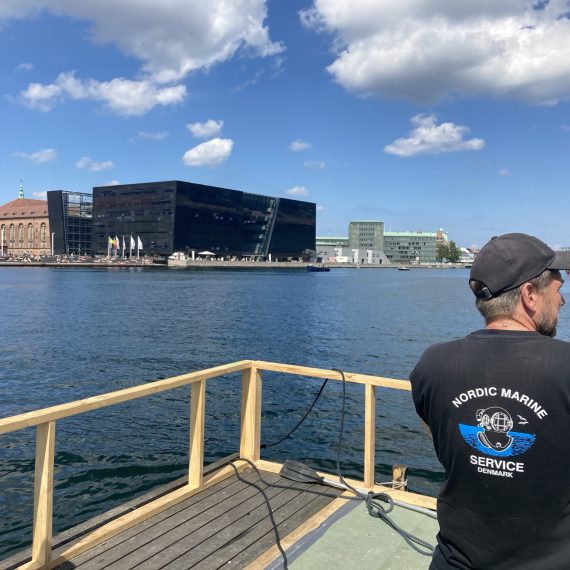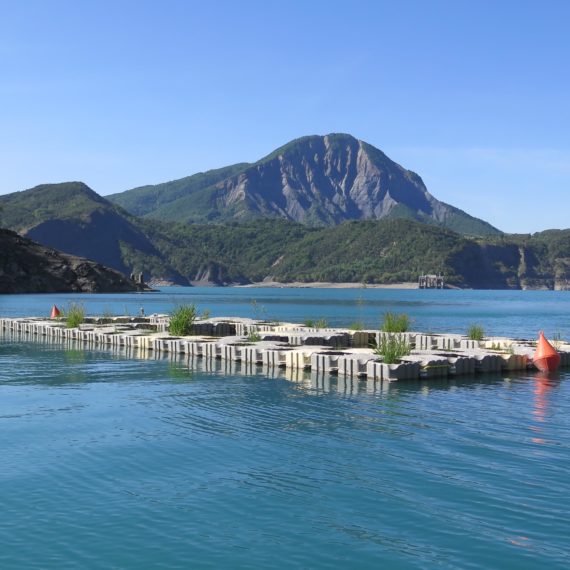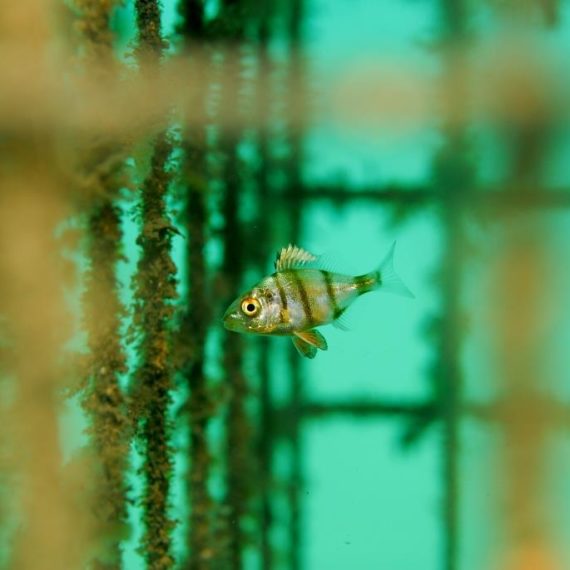NAPPEX Project – French Mediterranean coast
Biohut Quai © Remy Dubas ECOCEAN
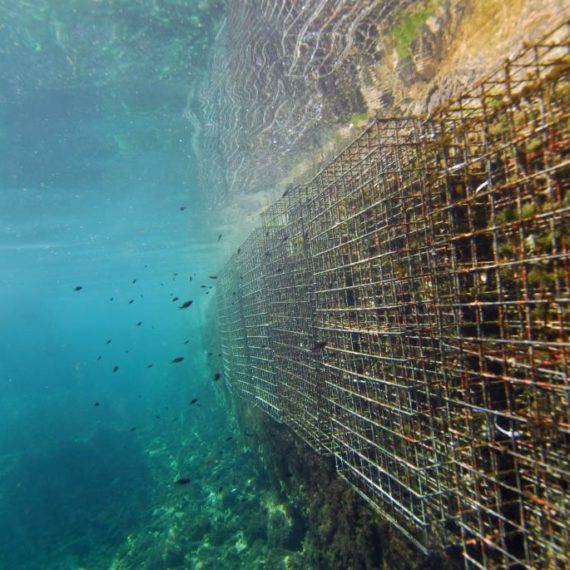
Biohut Ponton © Remy Dubas ECOCEAN
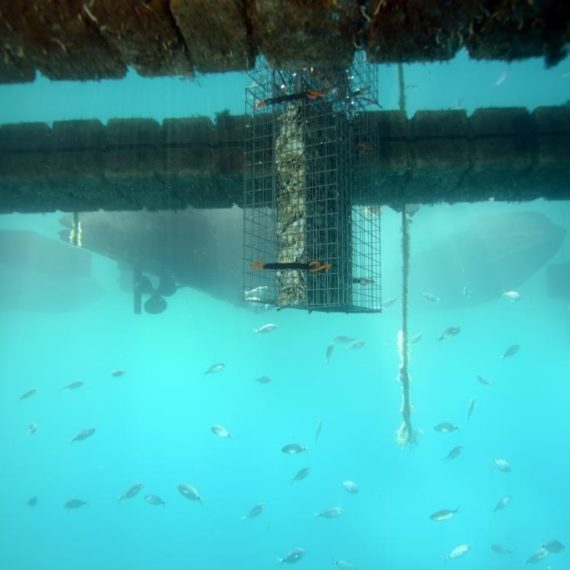
Diplodus annularis © Remy Dubas ECOCEAN
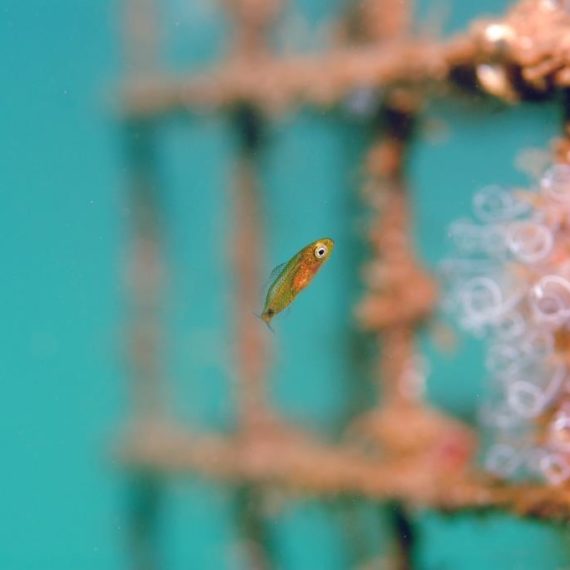
Diplodus puntazzo © Remy Dubas ECOCEAN
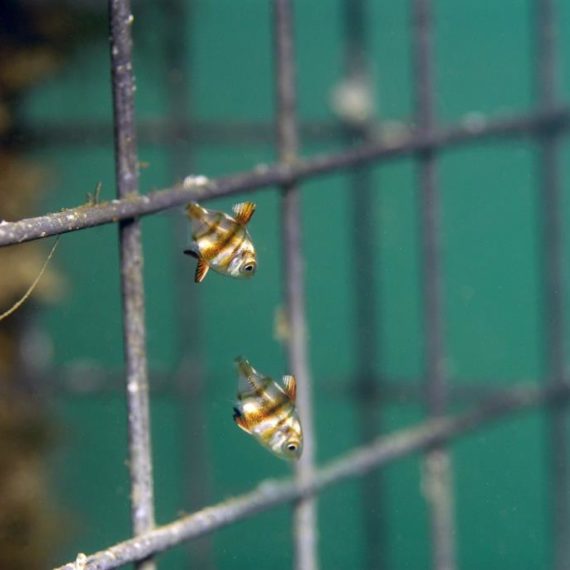
Diplouds puntazzo © Remy Dubas ECOCEAN
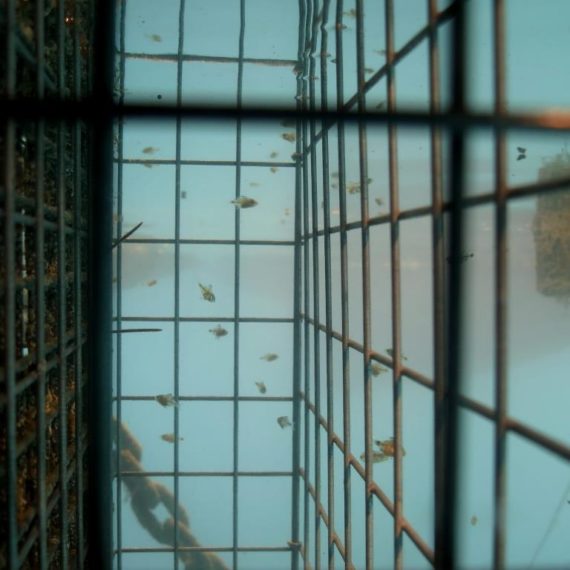
Epinephelus marginatus © Remy Dubas ECOCEAN
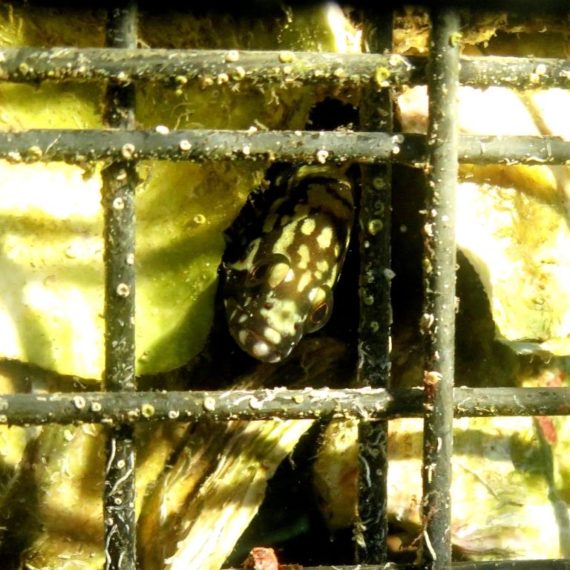
Eriphia verrucosa © Remy Dubas ECOCEAN
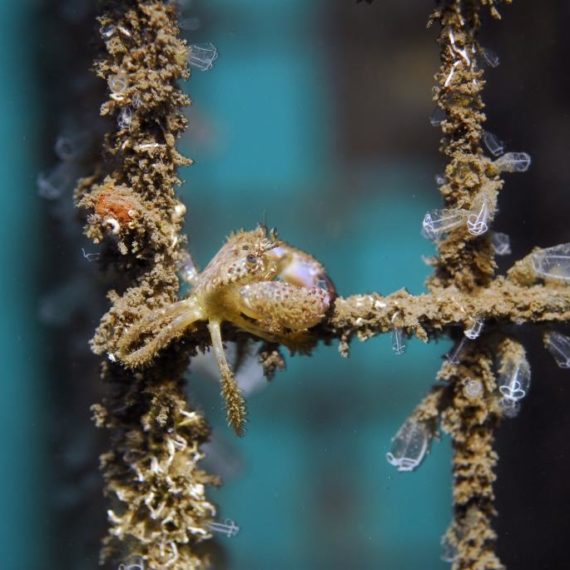
Nudibranche © Remy Dubas ECOCEAN
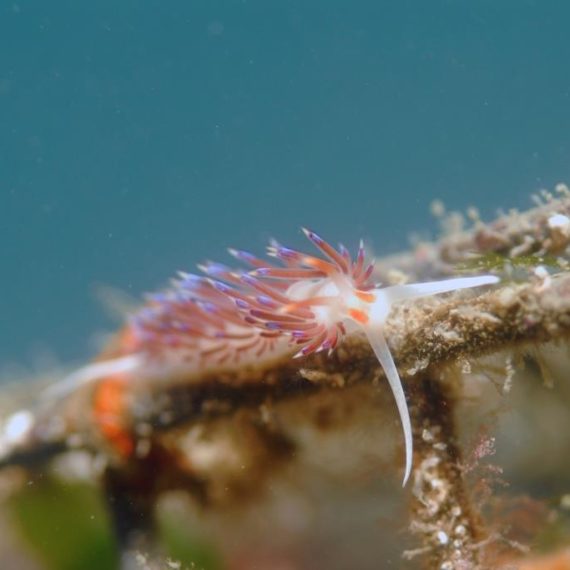
Context
The post-larval stage is the final stage of the pelagic larval phase in the life cycle of coastal marine animals. These fish settle in shallow nursery habitats to feed and protect themselves from predation. However, nearly 95% will disappear within a few days of their return due to natural predation, loss of habitat and pollution. Some of them will head to the calm waters of harbors, areas that appear initially to be suitable for their development. Conversely, up to 100% of the post-larvae can disappear because of the design of port infrastructure (straight docks and hardened bulkheads) which creates a real trap for these post-larvae, as they have no protection against predation. The growth of hardened or artificial surfaces along Europe’s coast is occurring at a rate one third faster than in inland areas, and species that rely on coastal zones for nursery habitat have been especially hard hit by coastal development.
Interests and objectives
The NAPPEX project is the beneficiary of the invitation for « Ecological Engineering » projects launched as part of the National Strategy for Biodiversity by the French Ministry of Ecology. The objective of the call is to develop solutions that lead the French government to achieve the «Good Ecological Status» target set by the European Marine Strategy Framework Directive. The purpose of the NAPPEX project is to develop a marine ecological restoration solution, the Biohut®, which supports biocompatibility of port infrastructure by reintroducing the essential nursery function (shelter and food) that are currently missing. The design of the Biohut®, with its double cage system patented in 2013, aims to improve the survival rate of young fishes, which settle on the coast before they move to deeper water, and thus increase adult fish populations and promote more resilient marine ecosystem function.
Scientific surveys
In March 2013, 192 Biohut® structures were installed along docks and under pontoons of six Mediterranean marinas. Scientists from the University of Perpignan perform monitoring of each location (free wildlife, mobile and fixed fauna). This survey brought a scientific evidence of Biohut® environmental gain. In particular it was shown that the abundance and diversity of larvae vary depending on ports and location of the artificial nursery. The initial trends in the monitoring results were presented at the Society for Ecological Restoration (SER2013) in Madison as well as at the Conference on Ecosystems and Ecological Restoration (CEER2014) in New Orleans, in the United States. Finally, the feedback meeting with the presentation of the results took place on 15 December 2014 at partner port of Cap d’Agde. All scientific results and report are available on request.
Future Prospects:
The installation of this innovative solution is easily replicable on any built shoreline infrastructure. Harbor authorities who lead environmental stewardship efforts have already been persuaded by the success of this process. Indeed, following the NAPPEX project, Monaco, Marseillan and other Mediterranean coastal cities have deployed the Biohut®.
Téléchargement
An innovative project to preserve the biodiversity of our shoreline
In March 2013, 192 Biohut® structures have been installed along docks and under pontoons of six Mediterranean marinas. The six pilot marinas who partner with Ecocean in this project are:
- Port of Mèze
- Port of Port-Vendres
- Port of Barcarès
- Port of Cap d’Agde
- Port Chichoulet
- Port of Six-Fours – Le Brusc
Scientists from the University of Perpignan perform monitoring of each location (free wildlife, mobile and fixed fauna). The ecological benefit of this innovative system will be determined by the end of the project period and will show how the Biohut® helps to significantly preserve and generate biodiversity along shoreline infrastructure.
The NAPPEX project is the beneficiary of the invitation for « Ecological Engineering » projects launched as part of the National Strategy for Biodiversity by the French Ministry of Ecology. The objective of the call is to develop solutions that lead the French government to achieve the «Good Ecological Status» target set by the European Marine Strategy Framework Directive.

